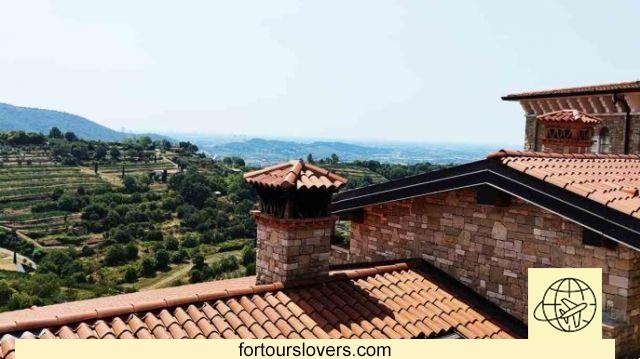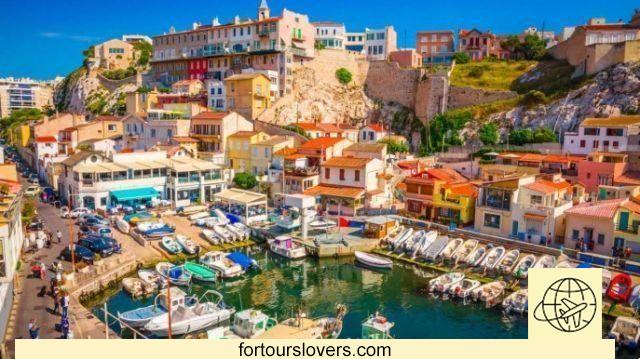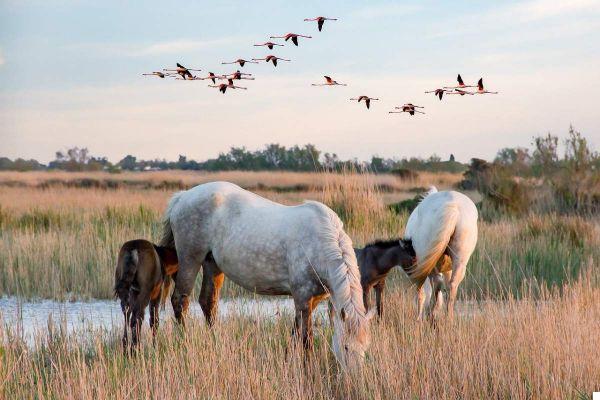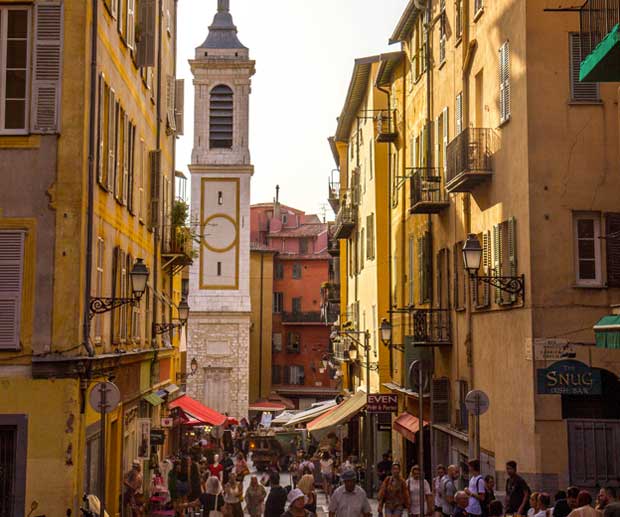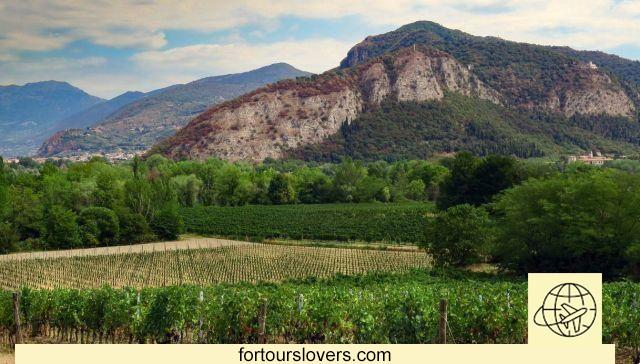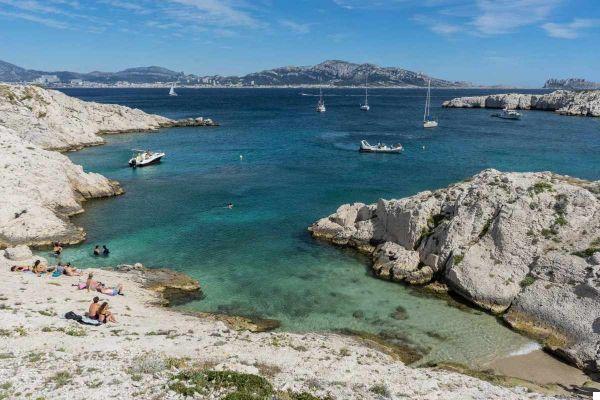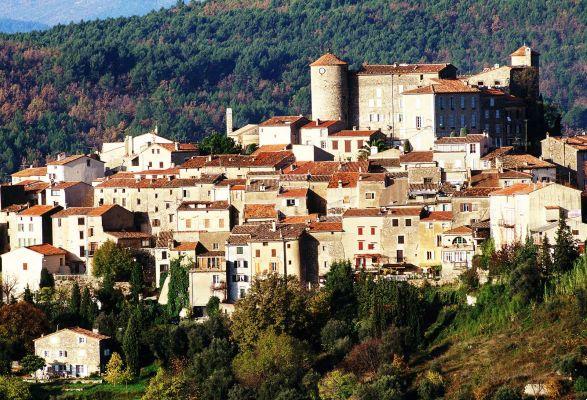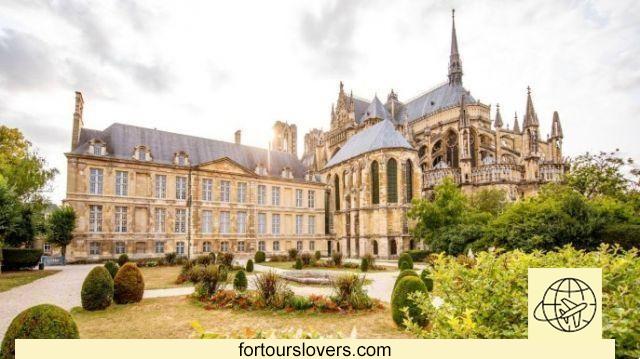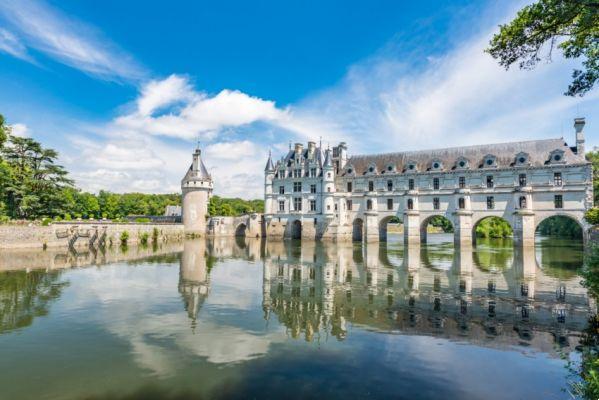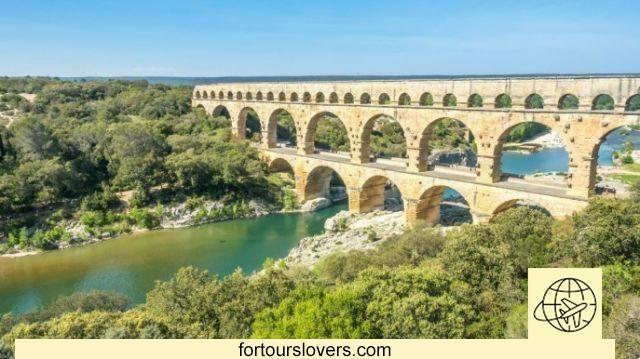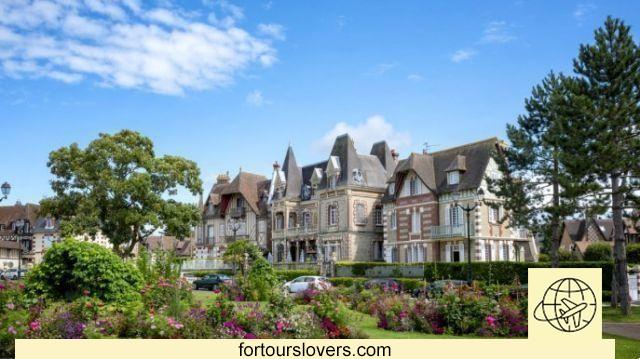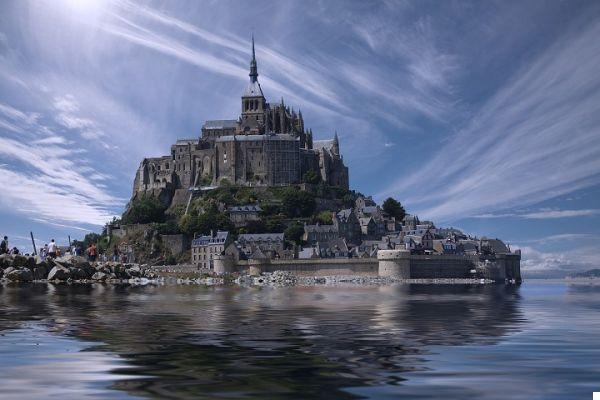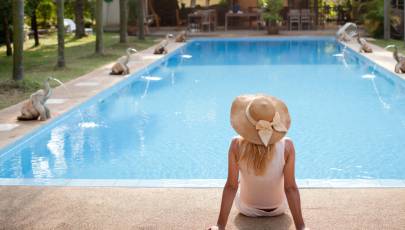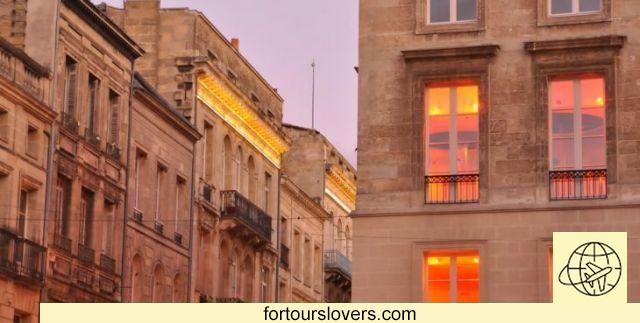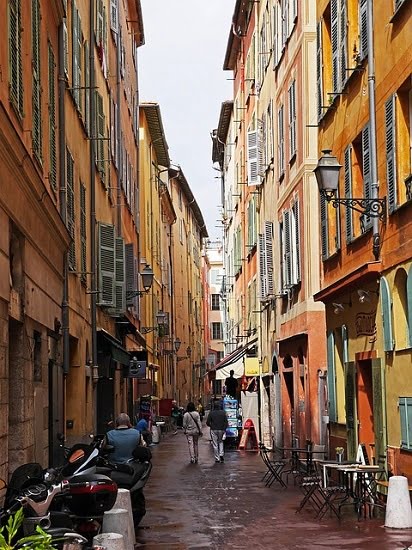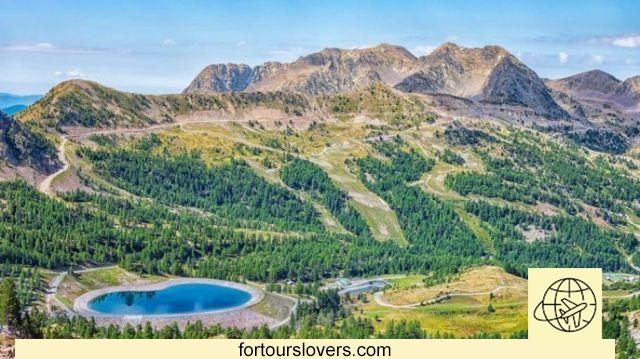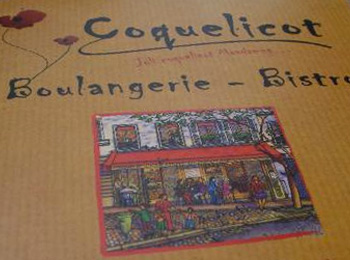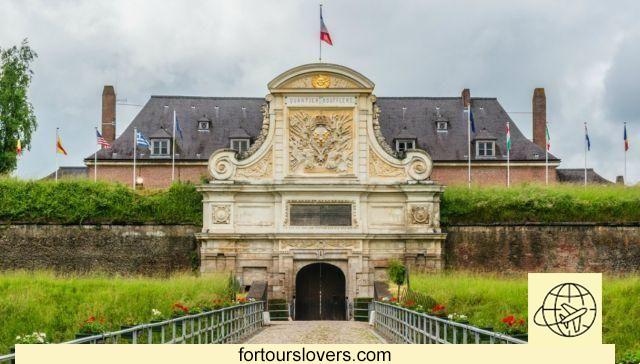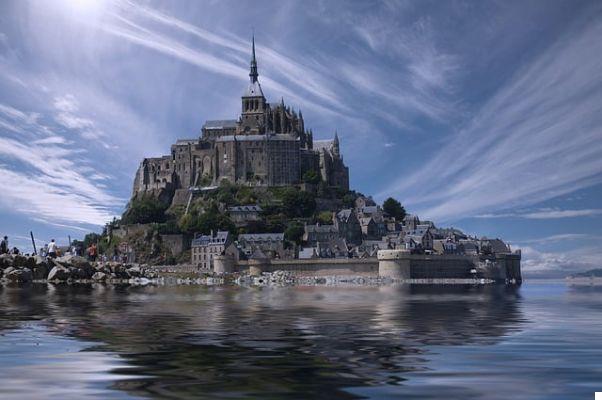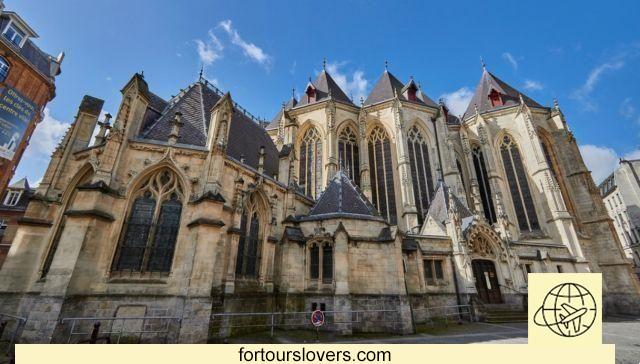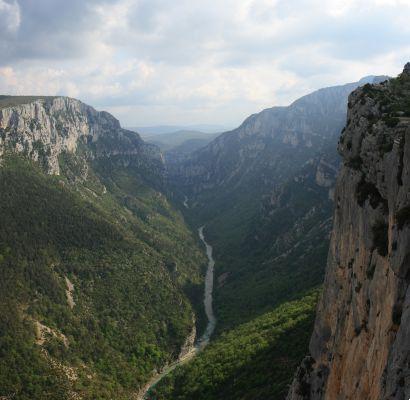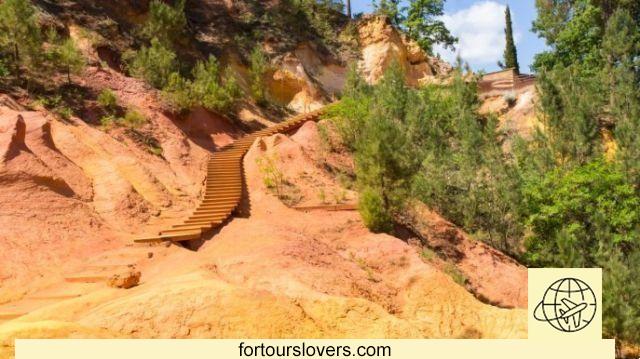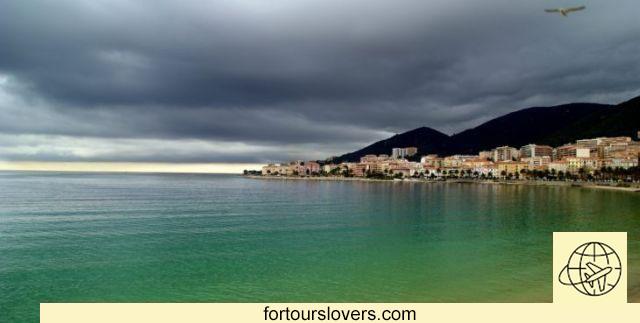
Ajaccio
8 things to do and see in Ajaccio and 1 not to doThere are four main assets around which the tourist fortunes of Ajaccio: the status of capital of Corsica; the fame of seaside resort; the natural heritage of the surrounding hills; and last, but not least, the historical primacy that derives from being the birthplace of Napoleon Bonaparte. If we add the luck of a mild climate all year round it is understandable why the flow of visitors is practically uninterrupted even if with different peaks depending on the seasons. Therefore sea, mountains, history and culture these are the aspects that most enrich the stay in Ajaccio, of which, below, we will discover together the main points of interest. Happy reading.
1 Cathedral of Santa Maria Assunta
Our Ajaccio discovery tour starts from Cathedral of Santa Maria Assunta, episcopal seat of Corsica e suffragan of the Archdiocese of Marseille. The reason we put this church first is not just religious; rather it has to do with the fact that in a city where almost everything revolves around the figure of Napoleon Bonaparte, it was almost inevitable to start from the place where the French general was baptized in 1771 (although doubts have been raised about this). The baptismal font is located immediately after the entrance to the Cathedral and bears ainscription in Latin which reads: “Heic Baptisatus Imperator Magnus”. Here the great emperor was baptized and, indeed, here he would also have been buried (in Chapel of the Madonna del Rosario) in the event that Paris did not want to welcome his remains. The things to see don't end there. They also deserve the Chapels of the Madonna del Pianto e of Our Lady of Mercy. In the first you can admire the murals of Domenico Robusti, son of Tintoretto, and a canvas by the famous French painter Eugène Delacroix; in the Chapel of Our Lady of Mercy, however, there is one statue of the Madonnuccia, patron saint of Ajaccio, celebrated every year on 18 March. Not far from the Cathedral, finally, there is the Birthplace of Napoleon Bonaparte, which we will discuss more fully in the next point.
2 Maison Bonaparte
As mentioned, the distance from the Cathedral where Napoleon Bonaparte was baptized to the house where he lived continuously until the age of nine, is just 100 meters. Discounted then enter Maison Bonaparte among the things to see in Ajaccio. The building, used as a museum in 1967, it offers one interesting insight into furnishings, furniture and other furnishings from the second half of the 700th century, but it would be simplistic to stop at the consideration of vintage design only. From a historical point of view, in fact, it is much more interesting to investigate the vicissitudes that bind the Bonaparte family to the property they own, and more generally to the fate of Corsica. Suffice it to say, for example, that immediately after the outbreak of the independence revolt led by Pasquale Paoli, the Bonapartes were forced to repair a Marseille to escape the retaliation of the Corsican nationalists who did not forgive the family for loyalty to France. Things then became further complicated because the British took control of the island, transforming Casa Bonaparte into a warehouse for fodder and weapons. Only at the end of the eighteenth century the property returned to the availability of the family who, after having restored it, left the care to Camille Illari, years ago nurse and nanny of little Napoleon. The subsequent fate of the birthplace of Napoleon Bonaparte is inevitably linked to the fate of the general. We have to wait until the middle of the XNUMXth century for the property to return to its former grandeur, thanks to the interest of Napoleon III and his wife Eugenia de Montijo which they sent to the architect Alexis Piccard and to the painter-sculptor Jérôme Maglioli to update the glories of the family home. This, in summary, is the history of the Maison Bonaparte in Rue Saint-Charles in Ajaccio. For more information on history, times and methods of visit, consult the place: www.musee-maisonbonaparte.fr.
3 Place Foch
Halfway between the birthplace of Napoleon Bonaparte, which we have just talked about, and the Fesch Museum which, instead, we will talk about in the next point, there is Place Foch, the heart of the historic center of Ajaccio. A neat, clean and shady square (thanks to the presence of numerous palm trees) where bars, restaurants and shops of all kinds follow one another. In the center, an imposing marble statue of Napoleon with the feet four lions ("Fontaine des quatre lions", see photo) as a symbolic protection of the general. The reasons why we have included this square among the things to see in Ajaccio are basically three: first of all, the Napoleonic Museum inside the town hall (Salon Napoléonien Hotel de Ville) with an important collection of medals, portraits, busts of the family and the baptismal register that would certify the reception of the sacrament in the Cathedral of little Napoleon (see point 1); secondly the presence of the local market, with the sale of typical products of the region (from Tuesday to Sunday); finally due to the presence of the parking of the trains (Petit Train) that take tourists around the city guaranteeing, among other things, two distinct routes. A solution, the latter, particularly suitable for those who disembark from cruise ships and, therefore, have little time available to learn more about Ajaccio. To do!
4 Fesch Museum
In a city of just 65.000 inhabitants, on an island (albeit as large as Corsica), it exists one of the most important museums in France and Europe. Yes, because when we talk about Palais Fesch in Ajaccio, this is the aspect to be made clear immediately. This building, at number 50 Rue Fesch, houses one of the most important collections of Italian art for a period of five centuries, from the '300 to the' 700. In importance, in France, it is second only to the Louvre in Paris with a further detail, however, which makes the museum even more fascinating. Most of the works exhibited, in fact, were part of the private collection of Cardinal Joseph Fesch, long Ambassador of France to the Papal State and, above all, uncle of Napoleon Bonaparte. It was during his stay in Italy that the prelate got to know the art of the Belpaese, falling in love with it to the point of collecting over 17.000 works, mostly, as we said, paintings. Here is explained the presence of Bellini, Botticelli, Tiziano, Perugino, Veronese, Bernini and many others, to which other public and private collections were added during the twentieth century. The Fesch Museum is also part of the Chapelle Impériale, where, at the behest of Napoleon III, in accordance with the will of the cardinal, several members of the Bonaparte family are buried, starting with Napoleon's parents, the progenitor Carlo and his wife Letizia. For more information see the place: www.musee-fesch.com.
5 Napoleon memorial monument
The one in the center of Piazza Maresciallo Foch is not the only statue of Napoleon in Ajaccio. There is another one about a kilometer away in Place d'Austerlitz, and is a copy of the one found on the column of Place Vendôme in Paris. The "Monument commémoratif de Napoléon 1er" it dates back to 1938 and consists of an imposing bronze statue of the general on an equally imposing granite pedestal. At the foot of the mausoleum a list is carved with all the battles won by the Emperor of France in his political and military career. There is also one legend which has contributed over time to make this place atourist attraction. In fact, just behind the monument there is one granite cave where Napoleon is said to have loved to take refuge as a child. The ravine is located in land owned by the Bonaparte family at the time, hence the young leader's attitude to meditation. To be seen!
6 Sanguinaires Islands
Le Sanguinaires Islands are unmissable stop of a visit to Ajaccio. They are located at the entrance to the city gulf, opposite the Punta della Parata peninsula (surmounted by a Genoese tower of the sixteenth century) and are particularly suggestive in the evening, when the sunset enlivens the granite rock of which they are composed. The name itself, "Sanguinaires", is probably due to this reflection which, on favorable days, certainly deserves to be captured by a long exposure with a tripod and reflex. There are several ways to reach the town. One, the more commercial and perhaps less impressive, is with i trains which are based in Place Foch; then there is the possibility of reaching the archipelago by sea by renting a boat at the port of Ajaccio; finally, by land, going along the D111 better known as the "Route des Sanguinaries", or through the "Sentier Des Crêtes" hiking itinerary for trekking enthusiasts. To do!
7 Casino of Ajaccio
Woe to forget to pack some elegant clothes for one or more social outings. Ajaccio, it should be remembered, is the goal of international tourism and certainly there is no shortage of night entertainment opportunities, especially in the historic center. Among other things, there is also the Casino, the only one in Corsica, one more reason to wear a tuxedo, an evening dress, and indulge in a few bets at the green table without exaggerating. Play isn't the only option. The Municipal Casino of Ajaccio, in fact, also has a bar, restaurant, club lounge, and also hosts a variety of events and exhibitions. In conclusion, slot machines, roulette, black jack, but also music and cabaret for an unforgettable holiday. More information at place: casino-ajaccio.com.
8 The beaches of Ajaccio
As mentioned at the beginning Ajaccio is a renowned seaside resort. The beaches, about twenty in all, are very crowded during the summer months starting from that of Saint Francois (see photo), a few hundred meters from Place Foch. Near the Napoleon Bonaparte airport, however, there is the beach of Ricanto but, for the most part, the city beaches follow one another along the D111, otherwise known as "Route des Sanguinaires": Barbicaja, Le Week End, Le Terre Sacrée, Macumba, Le Goeland etc.. Finally, north of the Sanguinaires Islands we point out: Petit Capo and Grand Capo (Plage de Grand Capo Di Feno). Obviously the list should be extended to the beaches in the surrounding area, one more reason to discover the wonders of the sea of Ajaccio and Corsica!
1 Beware of pickpockets
What has already been said in the article on Corsica applies to Ajaccio: the marginality of some suburbs; the feeling of independence; a misunderstood sense of honor are some of the factors that explain the genesis of crime in the area. It must be said, however, that the phenomenon has its own specificity, historically linked to the profound fact of insularity, and therefore should not be confused with the cases of urban deviance in the suburbs of Marseille and Paris. In short, in Ajaccio and Corsica it is very good, and the only precautions to be taken are the “common” ones against pickpockets and thieves. Therefore: do not leave the bag unattended; do not keep the wallet in the back pocket of the trousers; do not run with a lot of cash; do not wear bracelets, necklaces, watches of great value (at least in some situations); do not leave the car and motorcycle, etc., open and / or in isolated places.




